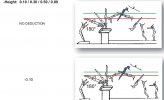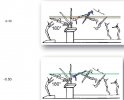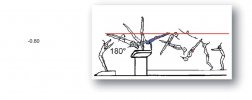Mom2Brats
Proud Parent
Could somebody explain to me what the gymnast is going for in a handstand vault? Maybe point me to a You Tube video of someone doing is beautifully and then tell me why? I can't for the life of me tell a difference between a good vault and a bad one. The other events... sure, they kind of make sense. But vault? I have no idea. Thanks.


